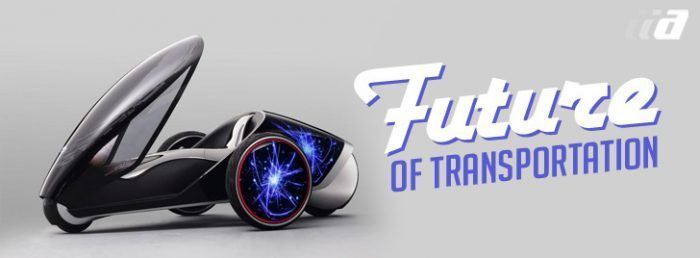Tesla Autopilot: Pulmonary Embolisms & Passive Income

Originally appeared on Automoblog.net
(adsbygoogle = window.adsbygoogle || []).push({});
In the discussions surrounding autonomous vehicles, safety is often the first concern. Invariably, the concern is that self-driving cars would create risks and hazards otherwise minimized by superior human pilots.
Rarely do car crashes, even fatal ones, make headlines anymore. But when a crash happens under Tesla autopilot, then there is a story.
Rolling Rescue
Joshua Neally of Branson, Missouri was essentially rescued by his new Tesla Model X. Neally was on his way home when he began experiencing excruciating pain in his chest and abdomen from what he learned was a pulmonary embolism. His acute condition rendered him incapable of driving, although he had enough wherewithal to put his car in autopilot and set the nearest hospital as the destination. He drove the last little bit because of current limitations on the technology, but he got there. The conclusion" Tesla’s autopilot saved his life.
Tesla Autopilot. Photo: Tesla Motors
Assistance Versus Autonomous
Currently, Tesla’s autopilot feature is designed as an aid to drivers but does require engagement and interaction. Eventually, the expectation is that cars will drive themselves but the technology is still in “open beta.” This means it’s in development, but still available to the public as it evolves. Autopilot works using a combination of radar, cameras, and ultrasonic sensors with digitall...
| -------------------------------- |
|
|


